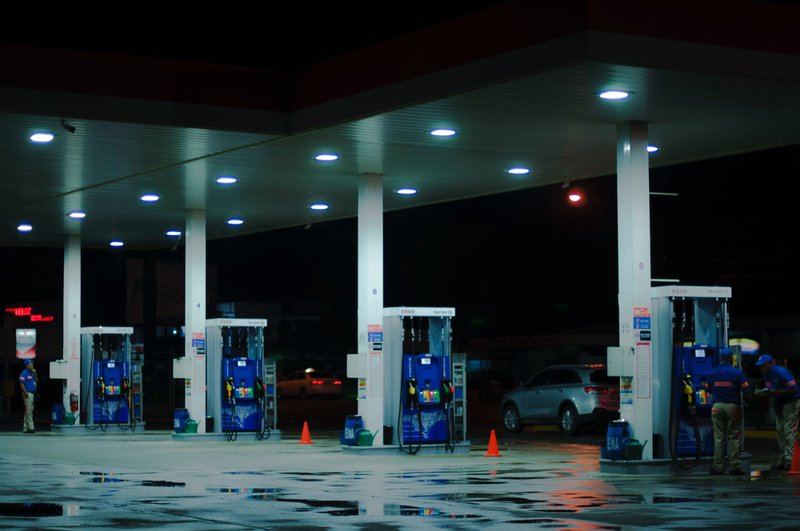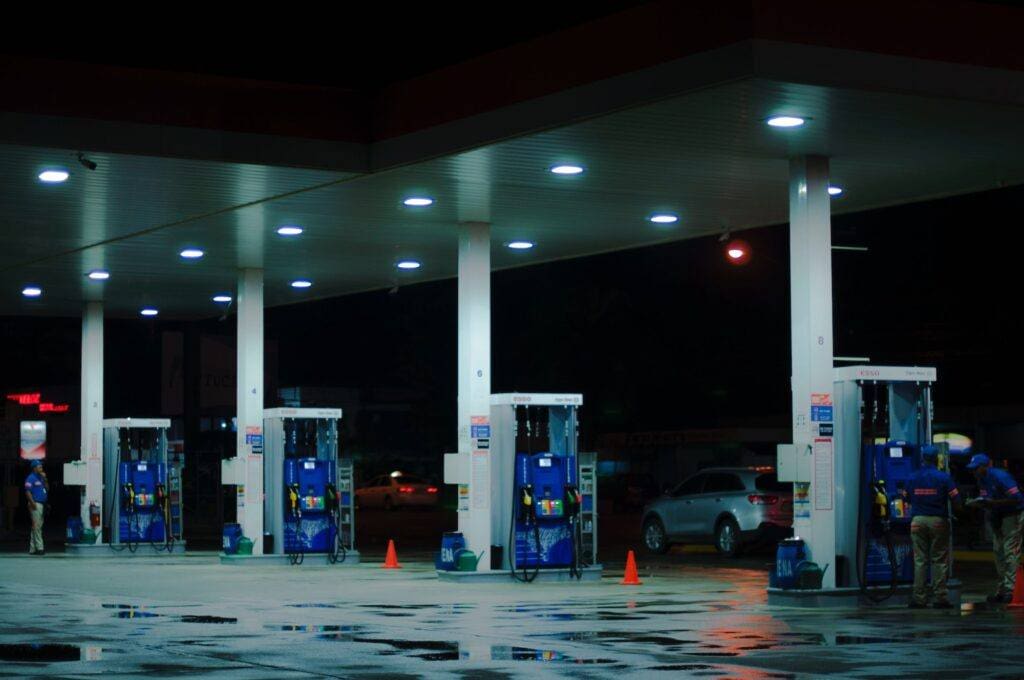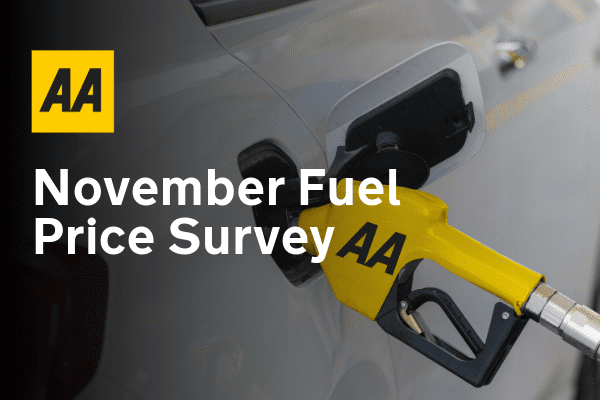According to the latest AA fuel prices survey, fuel prices have remained stable in the past month and are virtually unchanged in July compared to June. The average petrol price is €1.65, the same as in June, with the average price for diesel being €1.55, 2 cents per litre more.

"Following the duty increases last month, we have seen prices remain steady," says AA Ireland's Blake Boland. "Aside from the upcoming signalled duty increases, there is no reason to believe there should be much upheaval to prices in the short term.
On September 1st, these rates will increase by 7 cents for petrol and 5 cents for diesel. The Government will fully restore the rates on October 31st with a final increase of 8 cents for petrol and 6 cents for diesel.
AA Ireland members can avail of 3 cents off a litre from Circle K via the AA Ireland App.
Meanwhile, EV drivers are paying almost identical amounts this month as electricity prices remain pretty elevated. The average EV driver pays €1,158.99 to charge their car annually.
However, those taking advantage of Smart Meters and cheap night rates pay as little as €403.85 to cover the same 17,000km distance. Those charging exclusively on public chargers could pay more than €2,000 annually.
With wholesale gas prices falling in recent months, EV drivers anxiously await a corresponding drop in electricity prices. Pressure is increasing on electricity suppliers to lower costs.
*AA calculates a diesel car will travel, on average, around 850 km on a tank vs. 700 km on petrol, so even though diesel is more expensive, the consumer is still likely to use less of it for the same average 17,000km per year.










